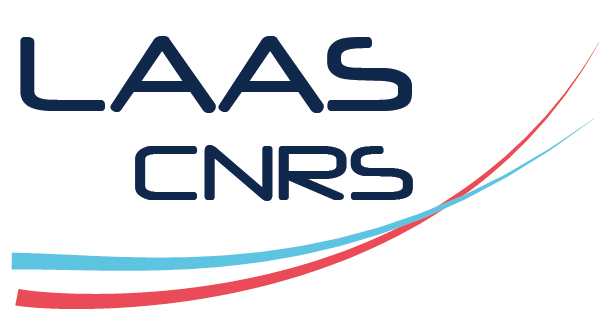Effect of timing of umbilical cord clamping and birth on fetal to neonatal transition: OpenModelica-based virtual simulator-based approach
Résumé
The transition from fetal to newborn condition involves complex physiological adaptations for extrauterine life. A crucial event in this process is the clamping of the umbilical cord, which can be categorized as immediate or delayed. The type of clamping significantly influences the hemodynamics of the newborn. In this study, we developed a simulator based on existing cardiovascular models to better understand this practice. The simulator covers the period from late gestation to 24 h after birth and faithfully reproduces flow patterns observed in real-life situations (as evaluated by clinical specialists), considering factors such as the timing of cord clamping and the altitude of the birth location. It also reproduces blood pressure values reported in clinical data. Under similar conditions, the simulation results indicate that delayed cord clamping leads to increased oxygen concentration and improved blood volume compared to immediate cord clamping. Delayed cord clamping also had a positive impact on sustained placental respiration. Furthermore, this study provides further evidence that umbilical cord clamping should be based on physiological criteria rather than predefined time intervals.
| Origine | Publication financée par une institution |
|---|




